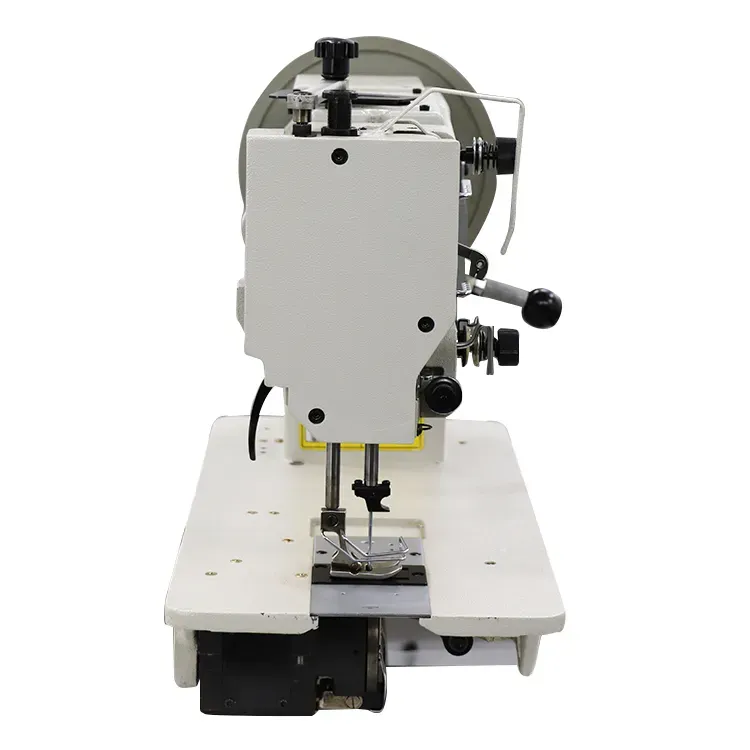Best Sewing Machines for Creating Custom Car Seat Covers at Home for a Perfect Fit
Sewing Machines for Car Seat Covers A Seamstress's Guide
When it comes to personalizing and protecting your vehicle's interior, custom-made car seat covers are an excellent option. Not only do they enhance the aesthetic appeal of your car, but they also provide a layer of protection against wear and tear. If you are considering sewing your car seat covers, choosing the right sewing machine is crucial. In this article, we'll explore the essential features of a sewing machine suitable for creating car seat covers, along with some tips for getting started.
Choosing the Right Sewing Machine
Not all sewing machines are created equal, especially when it comes to sewing heavy fabrics like those commonly used for car seat covers. Here are some key features to look for in a sewing machine suitable for this project
1. Heavy-Duty Capability Car seat covers are typically made from durable materials like canvas, denim, or other heavy-duty fabrics. A sewing machine with a powerful motor and sturdy construction can handle these thick materials without jamming or skipping stitches.
2. High Presser Foot Lift The thickness of the fabric often requires a higher presser foot lift to accommodate multiple layers. Look for a machine that offers adjustable presser foot heights to facilitate sewing through bulky seams.
3. Wide Stitch Selection Different sewing techniques require various stitches. A machine with a wide selection of stitches, including straight, zigzag, and decorative stitches, will allow you to create detailed and professional-looking seams.
4. Strong Feed System A reliable feed system ensures that your fabric is moved smoothly through the machine. This is particularly important when working with heavy fabrics, as inadequate feed can lead to uneven seams.
5. Walking Foot or Teflon Foot For those sewing thicker layers or slippery fabrics, a walking foot or Teflon foot can be invaluable. These attachments help manage the fabric layers effectively, preventing slippage and giving you more control over the stitching process.
car seats cover sewing machine

Getting Started with Your Car Seat Covers
Once you've selected a suitable sewing machine, it’s time to get started on your car seat covers. Here are some steps to guide you through the process
1. Gather Materials Begin by gathering the materials you'll need. This includes heavy-duty fabric, padding (if desired), thread that matches or contrasts with your fabric, and any decorative elements like piping or elastic.
2. Take Accurate Measurements Measure your car seats carefully to ensure a perfect fit. Create a pattern based on your measurements, using paper or fabric that you can later transfer to your chosen material.
3. Cut and Prepare Fabric Cut your fabric according to the pattern. It’s important to be precise in this step to avoid any fitting issues later. If your design includes padding, cut it to the same dimensions.
4. Sewing Start by assembling your pieces, pinning them together before sewing to prevent any shifting. Use a straight stitch for the seams, then reinforce them with a zigzag stitch to prevent fraying.
5. Finishing Touches Once you’ve sewn all the pieces together, trim any excess fabric and finish the edges. Add any final embellishments, such as piping, to give your covers a polished look.
Conclusion
Sewing your car seat covers can be a rewarding project that not only protects your vehicle's interior but also allows you to express your personal style. By choosing the right sewing machine and following a systematic approach, you can create custom seat covers that fit perfectly and enhance the look of your car. Happy sewing!
-
Boost Production Efficiency with a Pattern Sewing MachineNewsAug.29,2025
-
Industrial Excellence with the Best Heavy Duty Sewing MachineNewsAug.29,2025
-
Precision and Power with the Best Pattern Sewing MachineNewsAug.29,2025
-
Reliable Bulk Packaging Starts With the Right FIBC Sewing MachineNewsAug.29,2025
-
Advanced Packaging Solutions: Elevate Productivity with Jumbo Bag Sewing Machine and Industrial Stitching EquipmentNewsAug.29,2025
-
High-Performance Solutions for Bulk Packaging: FIBC Sewing Machine and MoreNewsAug.29,2025
-
Maximize Efficiency with an Industrial Cylinder Arm Sewing MachineNewsAug.28,2025


























